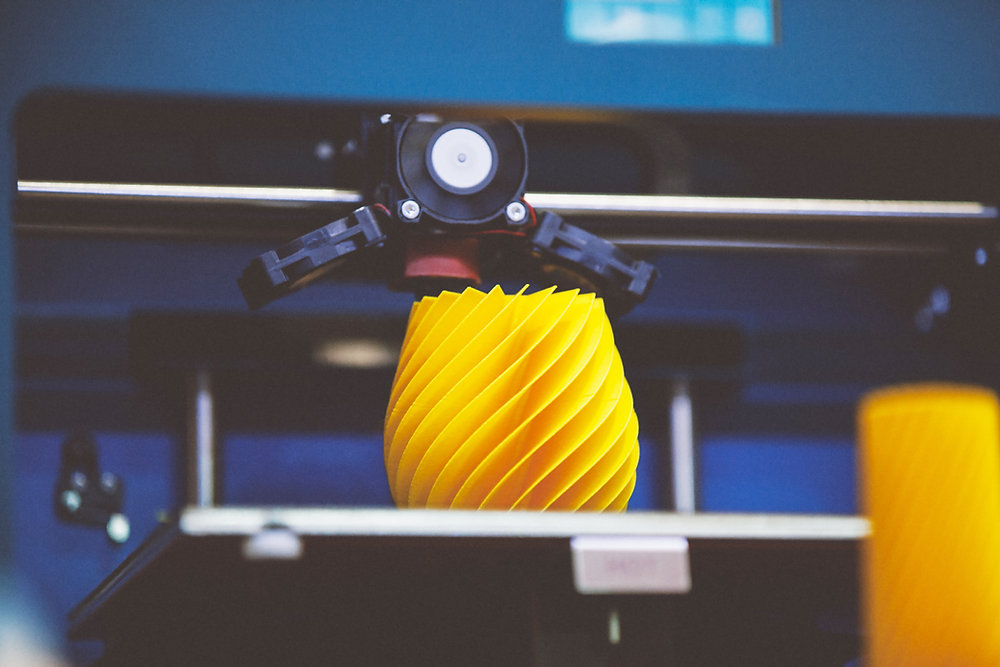3D printing has been around for a long time, but the technology is only now beginning to come into its own. Originally used for industrial manufacturing and prototyping, 3D printers are becoming more affordable and easier to use. 3D printing is now more widespread than ever before and is being used in industries beyond plastic toys and prototypes—and construction is one of them!
3D printing is not just for toys
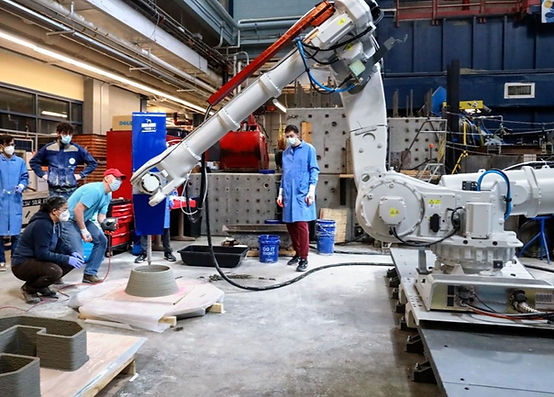
If that wasn't impressive enough, here are some other notable examples of how 3D printing has been used in construction over the last decade:
-
A 3D-printed mansion was completed in China in 2016.
-
Also in 2016, the Dubai Future Foundation constructed it's 2700-square foot Office of the Future using a 3D printer. Construction took just 17 days!
3D printers are also becoming more affordable and easier to use.
With the introduction of new materials, such as carbon fiber, 3D printing is no longer confined to prototyping. It's now possible to create finished products using 3D printing technology. In addition, you can get more value out of your designs by using a variety of manufacturing techniques that are available in an office setting rather than waiting for them to be sent out for production.
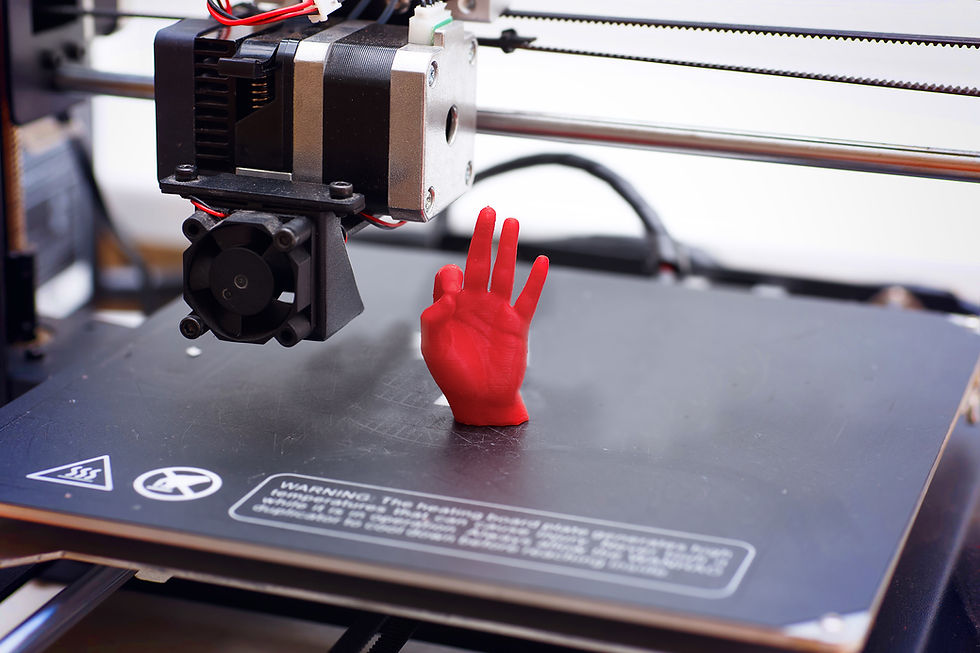
More affordable and sustainable, 3D printing in construction is transforming the industry
3D printing technology is quickly changing the way we build and create. This type of construction can be used to build homes, offices, and other buildings.
3D printing is a more sustainable construction method than traditional techniques. Traditional construction methods use a lot of materials and energy, with much of it going to waste. 3D printing uses less material and energy, and does not produce as much waste. Also, the speed at which 3D printers can work makes them more cost-effective than traditional construction methods, which require more time for planning and design work before work begins on site.

The technology is still very new and it has not yet taken off as a mainstream method of building structures. However, many companies are starting to incorporate 3D printing into their construction processes because it allows them to build more affordable and sustainable homes.
Benefits of 3D printing in construction
So why is 3D printing so attractive in construction?
First of all, building structures by way of 3D printing methods leads to a significant reduction in waste. This is primarily because 3D printing is an additive process that only uses as much material as is actually necessary for creating a structure. And with global construction waste totalling over 1 billion tons each year, the industry needs all the help it can get to bring that number down!
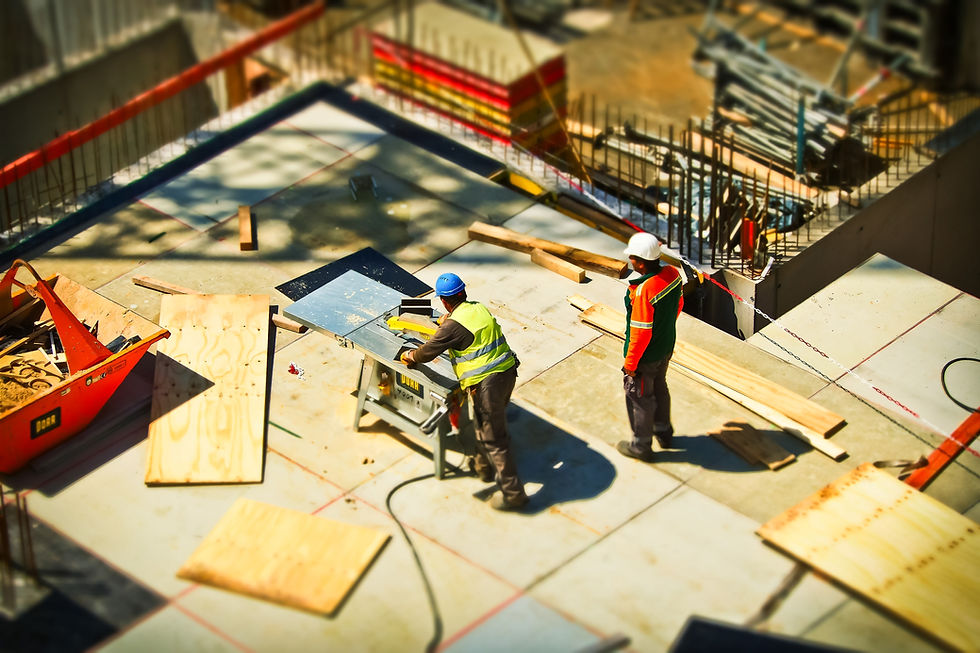
Second is speed. Where traditional construction takes months and years to construct a commercial building, 3D printing has already proven that it can construct a building from the ground up in a matter of just days. Just imagine what the industry could do with such efficiencies at a large scale.

3D printing also provides an element of design freedom that should not be overlooked. 3D printing enables you to make any shape. You can bend it, make angles, or virtually any organic shape you want to, and it’s a one-to-one copy to what you designed on paper. This enables a lot more creativity and innovation in the commercial construction space.

Lastly, another huge benefit of 3D printing in construction is that it can reduce worker injuries and fatalities drastically. This is due to the fact that 3D printing-based construction is much more programmable and automated than conventional methods.
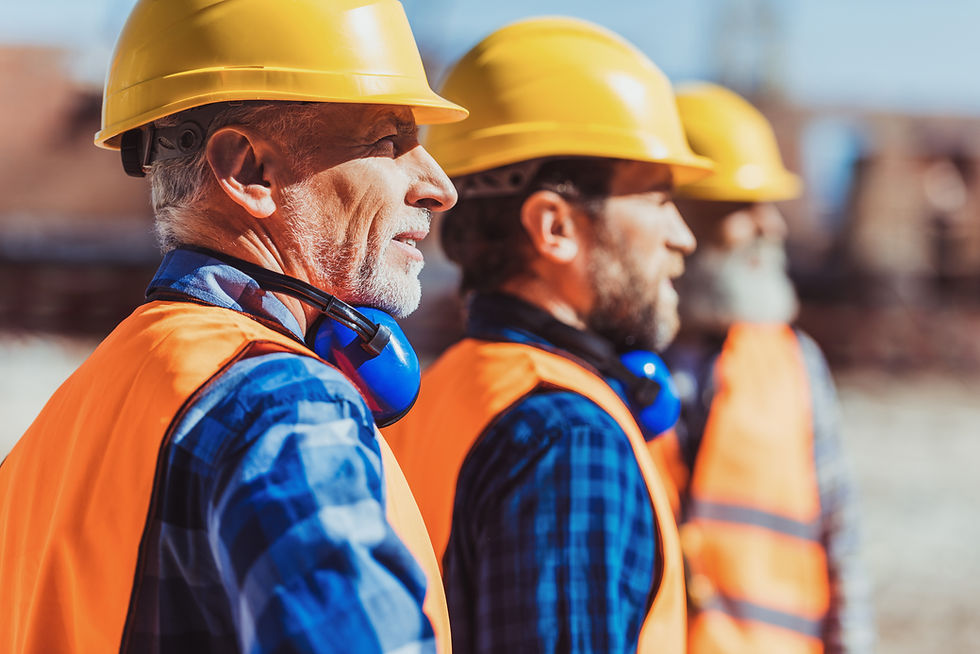
It's also important to consider that, despite these benefits, there still are many challenges facing the widespread adoption of 3D printing methods in construction. Supporting a 3D printing infrastructure can be quite costly in terms of the logistics and purchasing/renting the machines. The labor shortage in the industry will also make it difficult to find such highly specialized personnel to operate these printers. Many are also still questioning the end quality of such 3D printed structures and there’s also the liability aspect that may come with using printers rather than humans to perform certain construction tasks.
Conclusion
3D printing in construction has many benefits over traditional methods, and will continue to grow as more people learn about its advantages. The technology is still new and needs to be perfected before it can be used on a large scale but the potential for this type of construction is endless.



